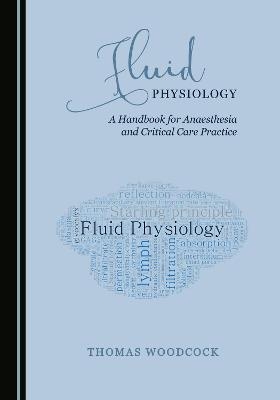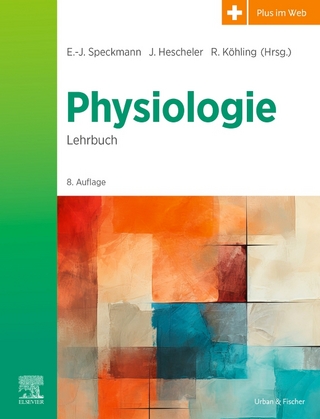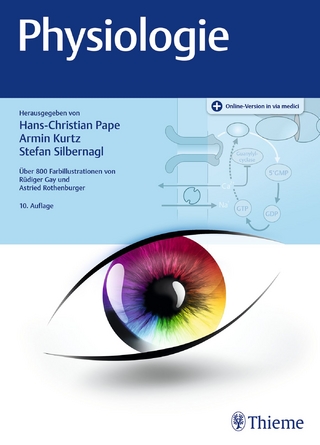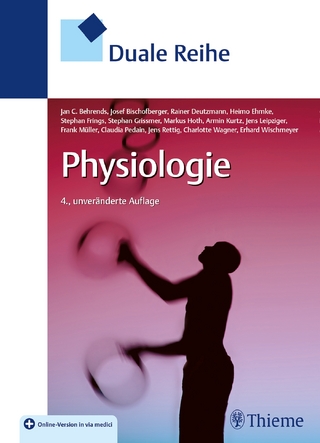
Fluid Physiology
Cambridge Scholars Publishing (Verlag)
978-1-5275-7477-9 (ISBN)
In 1987, Thomas Woodcock became the first Consultant to be appointed to Intensive Care Medicine in Southampton. As an innovator in education, he created the UK’s first approved Higher Professional Training program in Intensive Care Medicine. He lectured on Fluid Therapy on the twice-yearly Final Fellowship Refresher Course at the Royal College of Anaesthetists for around 20 years, and is the originator of the Revised Starling Equation and Glycocalyx Model Paradigm for rational fluid therapy. With a long-standing interest in the ethical aspects of medicine, he also became a Clinical and Research Ethics expert. He holds a Master’s Degree in Medical Law, and founded the Clinical Ethics Group at Southampton University Hospitals. He was an NHS National Clinical Excellence Award Holder from 2005 to 2015 and an Elected Council Member of the Association of Anaesthe-tists of Great Britain and Ireland from 2011 to 2015, and received an AAGBI Foundation Award for his contributions to Patient Safety in 2016.
| Erscheinungsdatum | 27.10.2021 |
|---|---|
| Verlagsort | Newcastle upon Tyne |
| Sprache | englisch |
| Maße | 148 x 212 mm |
| Themenwelt | Medizin / Pharmazie ► Medizinische Fachgebiete ► Anästhesie |
| Medizin / Pharmazie ► Medizinische Fachgebiete ► Intensivmedizin | |
| Studium ► 1. Studienabschnitt (Vorklinik) ► Physiologie | |
| ISBN-10 | 1-5275-7477-6 / 1527574776 |
| ISBN-13 | 978-1-5275-7477-9 / 9781527574779 |
| Zustand | Neuware |
| Informationen gemäß Produktsicherheitsverordnung (GPSR) | |
| Haben Sie eine Frage zum Produkt? |
aus dem Bereich


